Image
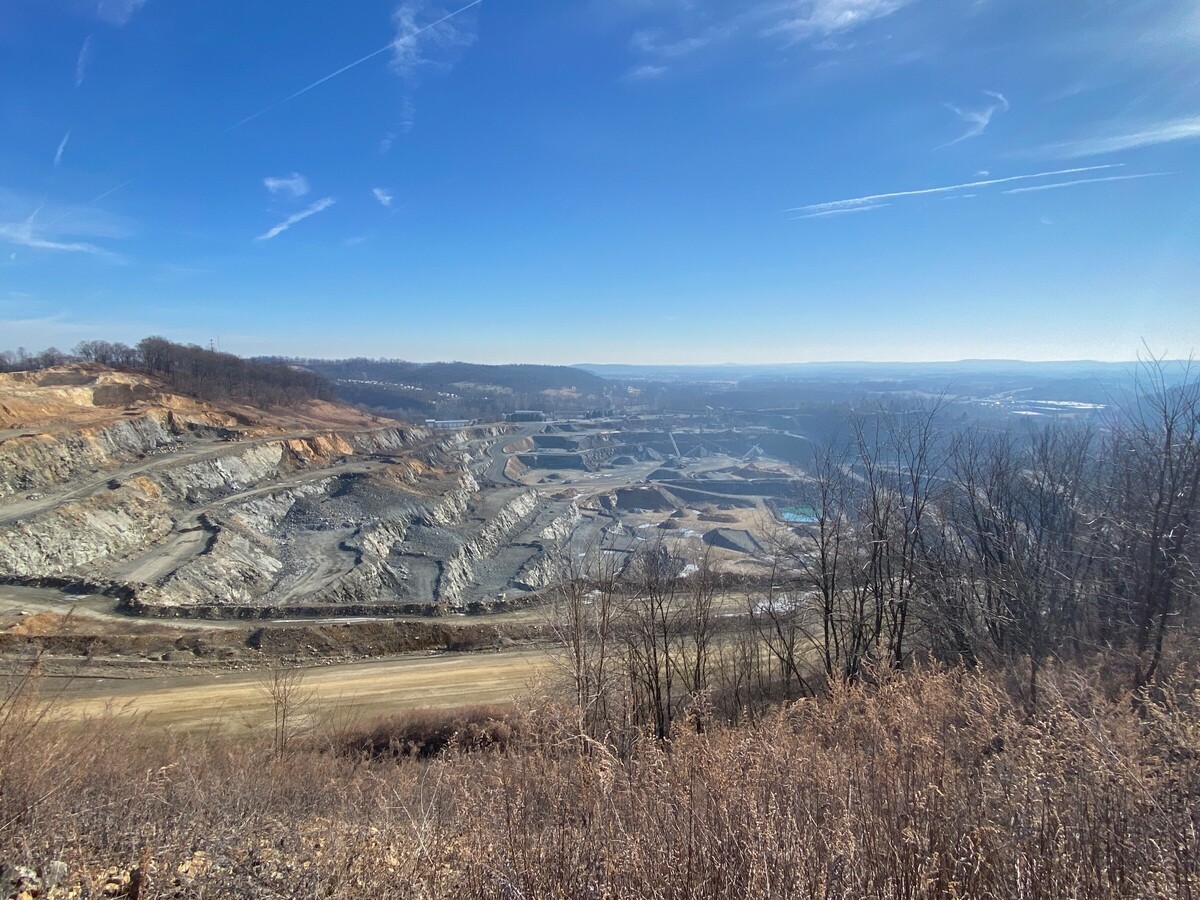

On a beautiful December morning full of sunshine and a glorious expanse of blue sky, a few feathery clouds, and the occasional soaring hawk, Martin Stone Quarry’s president Rod Martin treated me to a ride and an introduction to the 350-acre quarry in which thousands of tons of quartz and granite are mined for use in a multitude of projects from road construction to ballparks and sandboxes.
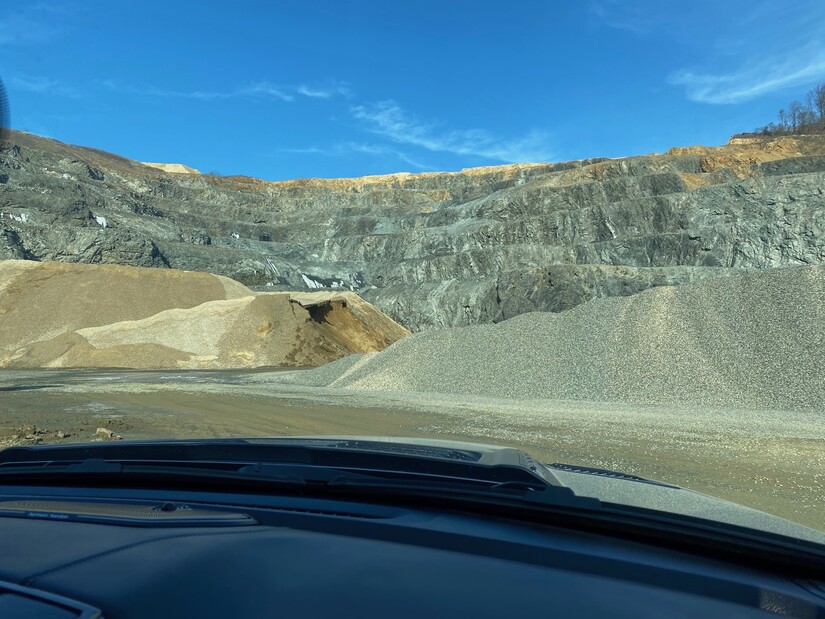
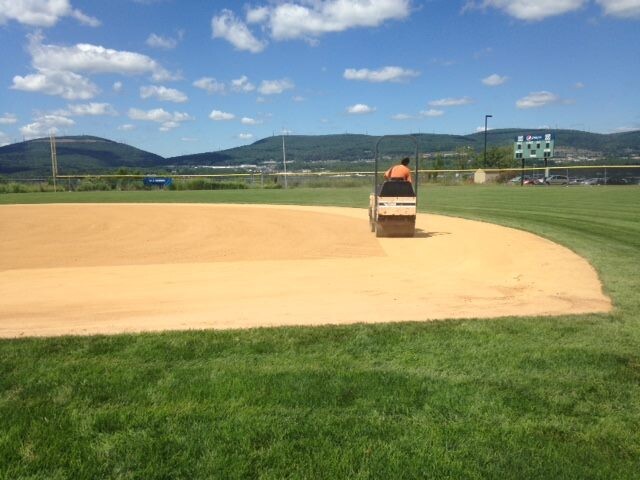
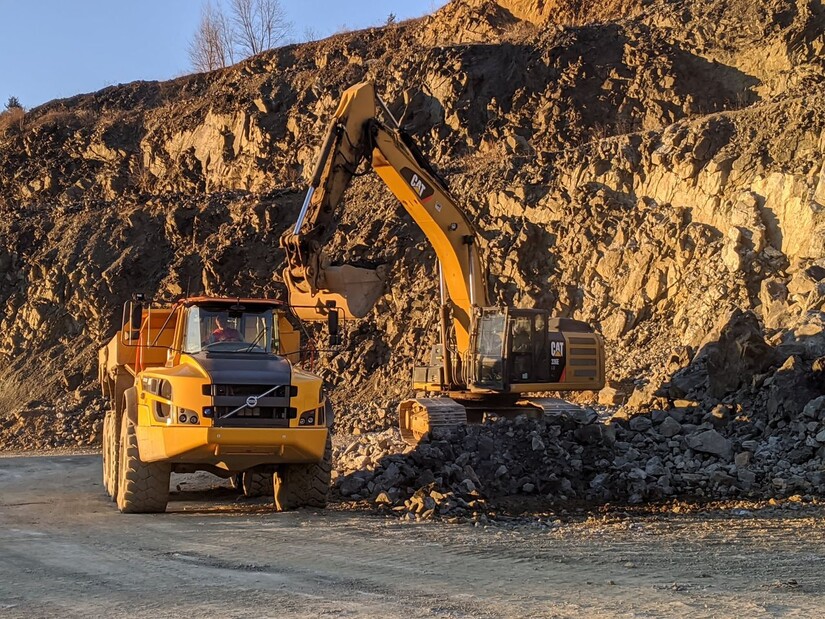
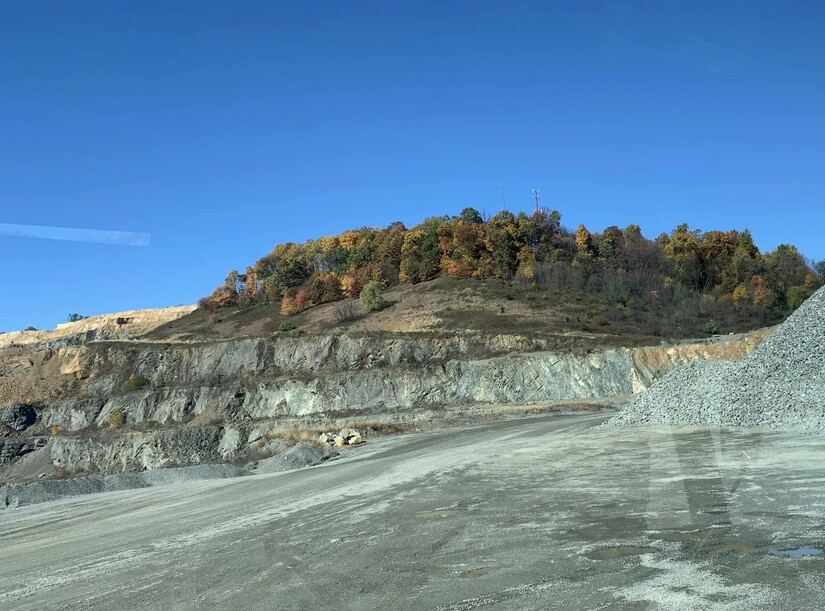
There are few recent experiences that have been as breathtaking as my tour with Rod: I was awed at seeing a hill uncovered through the mining process, learning what lies silently below commonplace grass and weeds. Nature is revealed. We rode to the top of the quarry and descended over 400 feet to its bottom as Rod pointed out the layers of earth—grass to granite—that are removed in the mining process.
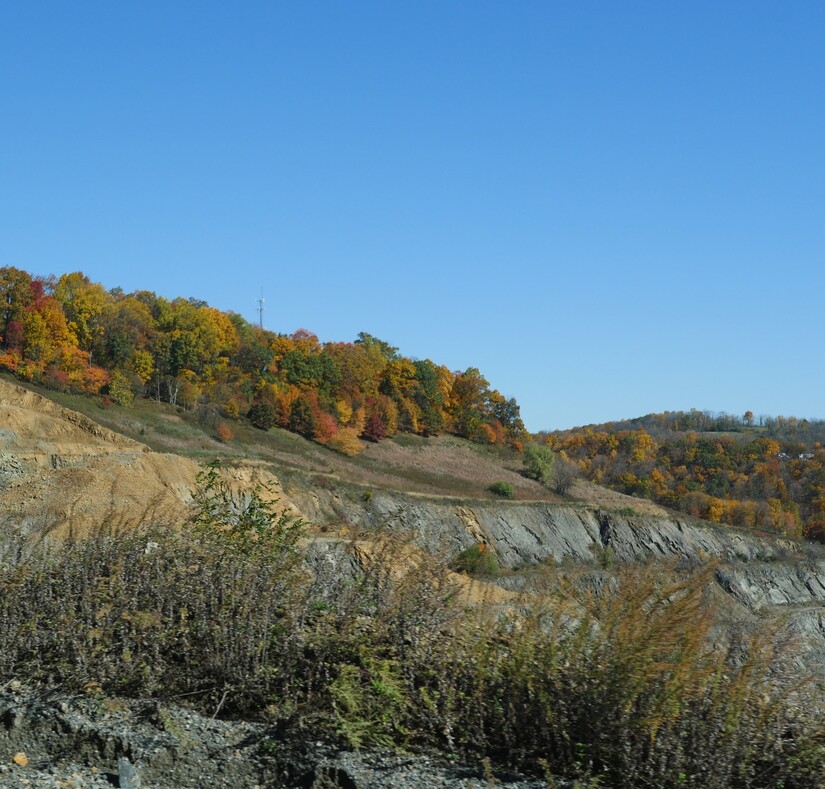
I marvel at the skill, engineering, and computer knowledge that enable the design and manufacture of the heavy-duty equipment utilized in the mining, crushing, and transport processes. Managing the complex systems and people seems daunting, at best. I left feeling grateful for those who manage systems that often go unnoticed or under-appreciated. Rod says he merely is among "toys for big boys!"
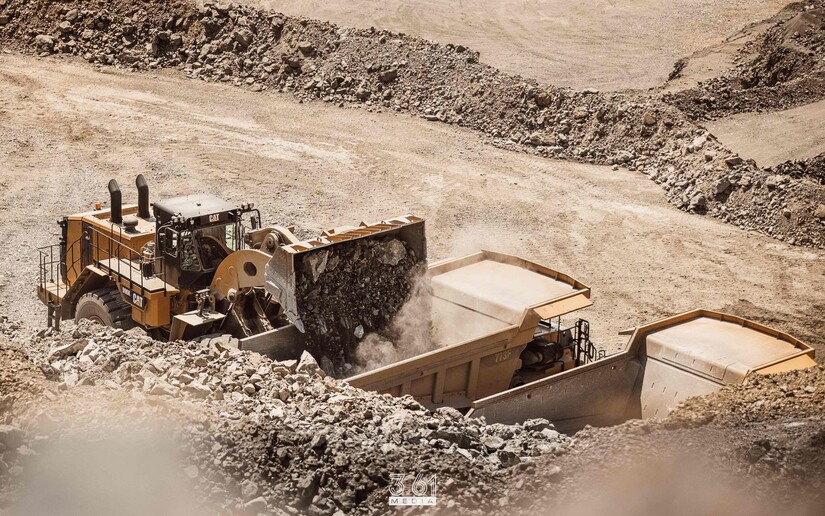
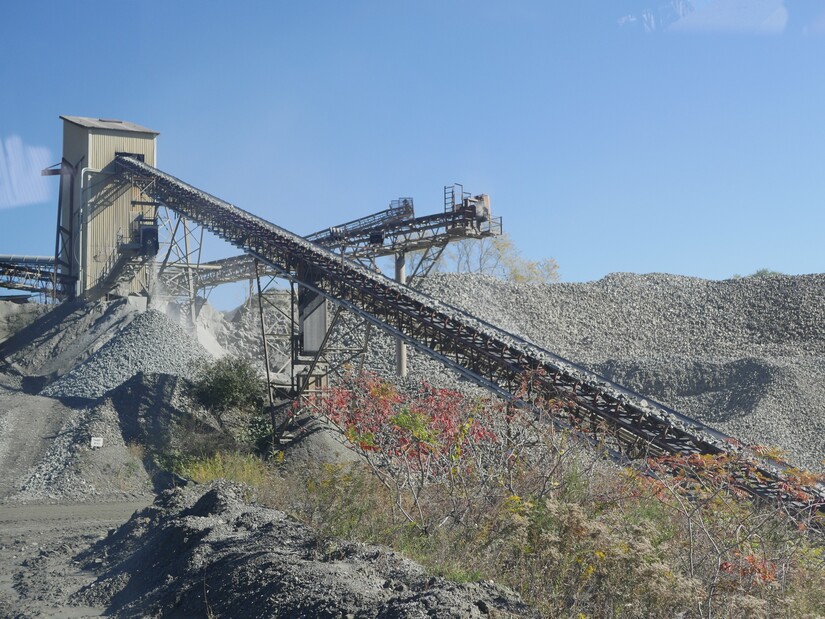
Weekly blasting uncovers the layers of stone, recognizable by color: tan for quartz, gray for granite. Quarry trucks haul up to 70 tons of rock for crushing. Trucks carrying 23 tons of rock deliver to adjacent states and return with coastal sand from March through December.
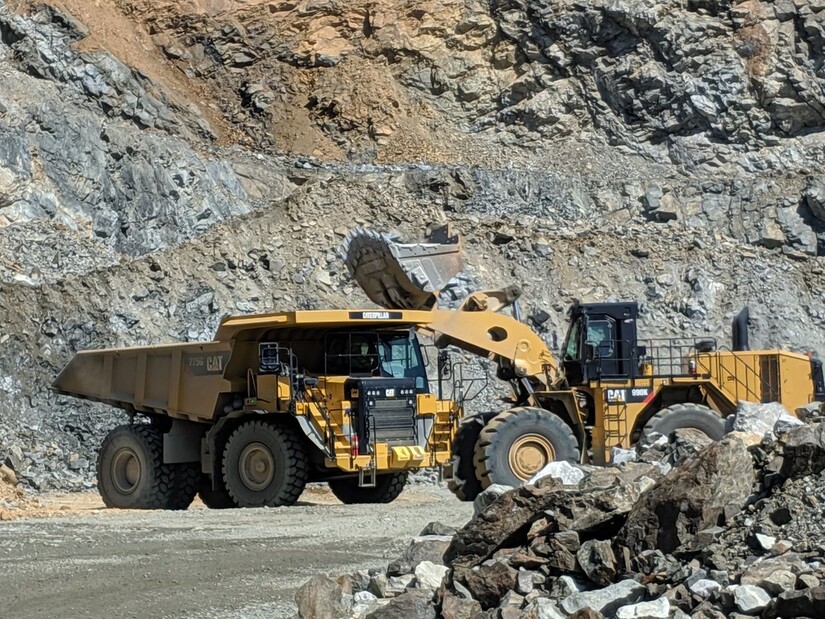
As the winter months require water for crushing stone, freezing temperatures sometimes prohibit the process but provide time for maintenance of machinery and vehicles. Observing the stone travel through miles of conveyers to crushers and screens to reach ¾” and ½” sizes, I marvel at the precision, coordination, and machine maintenance that are involved in the process.
Who knew?
Rock and stone for landscaping projects are available at Martin Stone Quarry. But the unfractured granite used for counter tops cannot be found in the Bechtelsville quarry; the closest quarry for those types of uses is located in Elverson.
Locating the types of stone available for mining involves drilling for core samples. After core samples are obtained through outside engineering firms, a map is created of the area to guide blasting and mining efforts to the desired rock and stone. The quarry has expansion plans in place.
In the last 15 years, computers have enhanced the operation’s abilities. “One button” now controls the operation today allowing for greater precision and efficiency.
Quartz has more residential uses than granite but is more abrasive and more damaging to the crushing equipment than granite. Quartz and granite are mined separately.
Asphalt from the milling process used in road work is collected and reused. The quarry houses a plant for that purpose.
Trucks dedicated to washing down the dust and dirt on local roads run every day, all day. Rod shares that the quarry has a personal interest in environmental protection and wellness in that his family lives in an area that quarries serve. This family-owned business invests in and cares for the community it serves.
History
Martin Stone Quarry, in operation since 1953, is now in its third generation of owners and employs over 60 individuals. Rod’s grandfather, Henry Martin, had initially worked at another quarry but started his own in Bechtelsville with a pick and shovel, three employees, and produced 75 tons of rock per hour. His sons Glenn and Tom were directly involved in the operation throughout its growth. Today, the quarry produces over 1.5 million tons of finished product every year, using hydraulic systems, and is headed by Rod, Travis, and Trevor Martin.
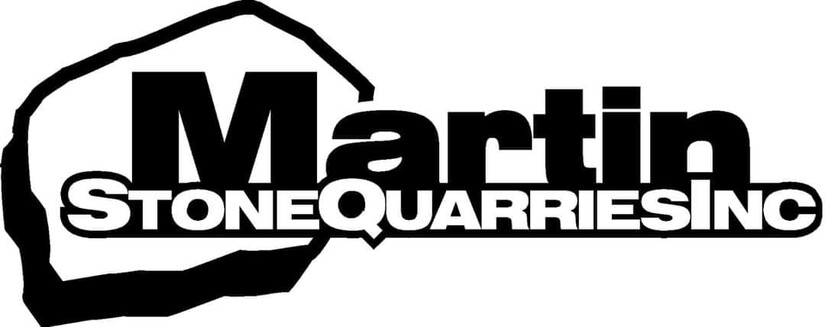
With Pride
The quarry prides itself on its respect and gratitude for the hard work of its employees--as evidenced perhaps by Rod's desktop quote from YODA, the high quality of its employees, and the numerous state and national awards presented to their employees for their contributions in the mining industry.
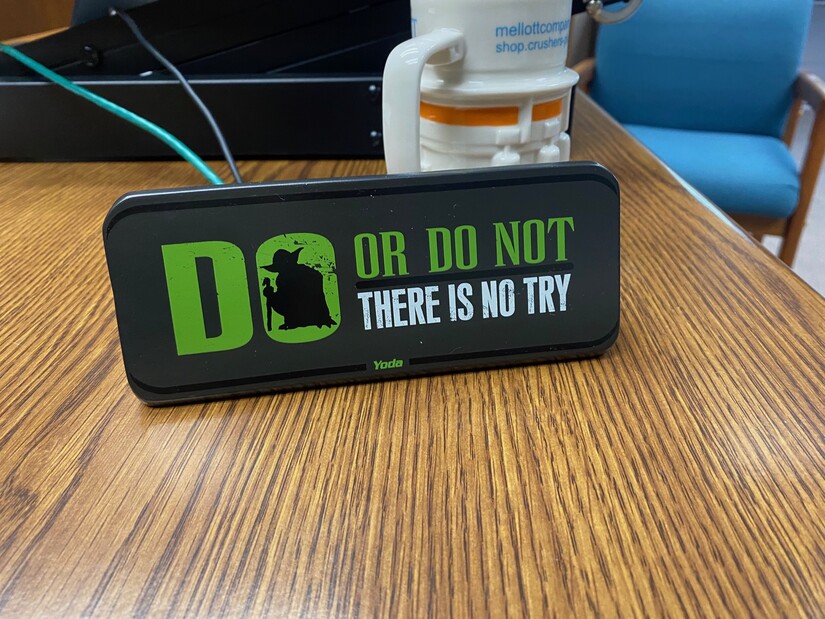


The quarry’s commitment to the community is another source of pride. Time, materials, and financial resources are routinely donated to parks, schools, and churches. Recent donations toward Boyertown's Mackey Field and toward programs sponsored by the Foundation for Boyertown Education in which Rod serves as vice-president, reflect the company's inspiring community spirit.
Educational field trips are offered to students to showcase the unique nature of the mining industry and local fire companies are permitted to use the quarry for mock rescue drills-- these are just two examples of how Martin Quarries gives back to the community.
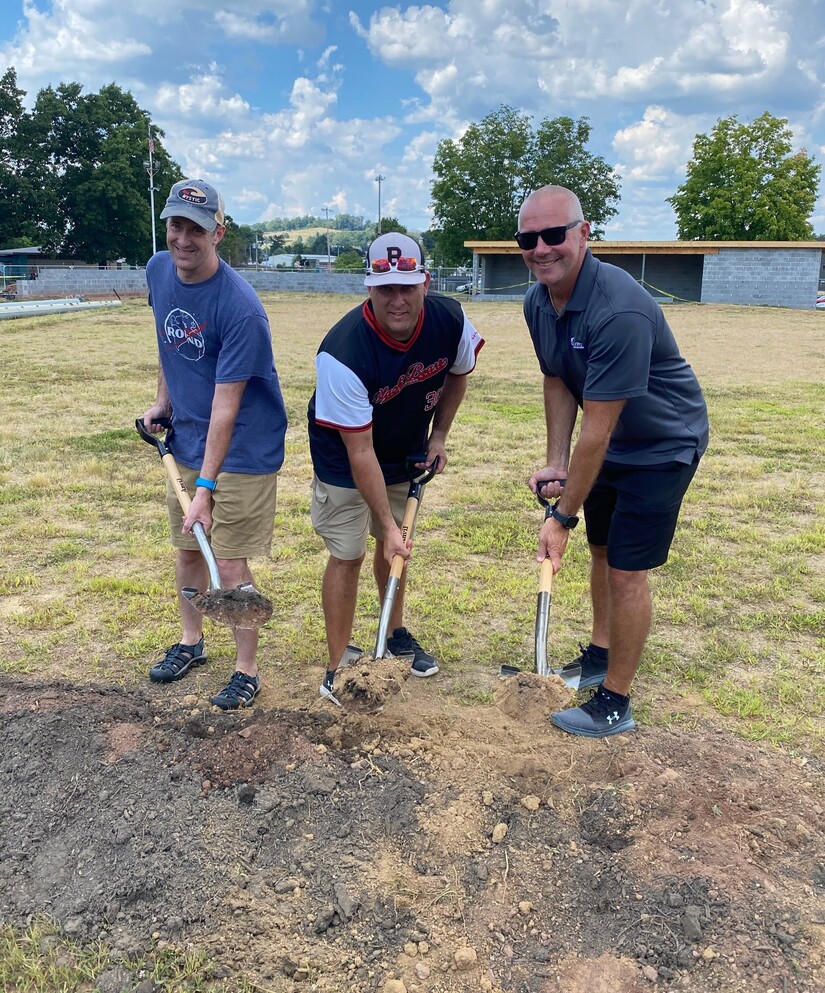

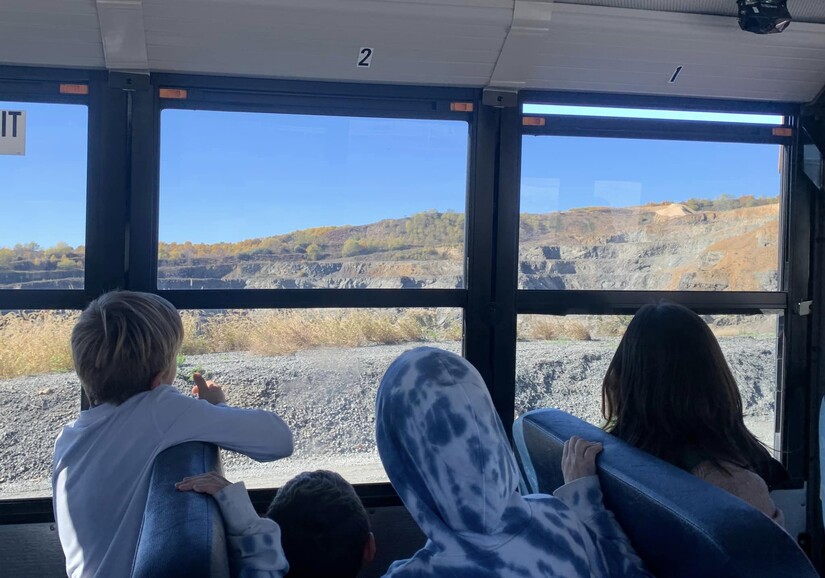
Photograph compliments of Amy Muzopappa
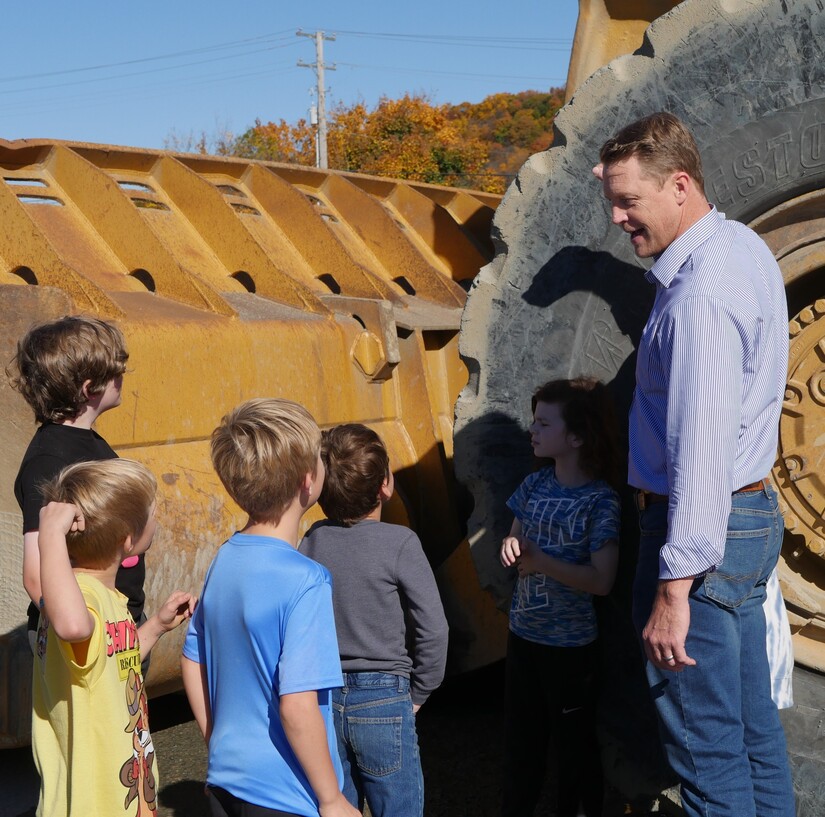
Photograph compliments of Amy Muzopappa